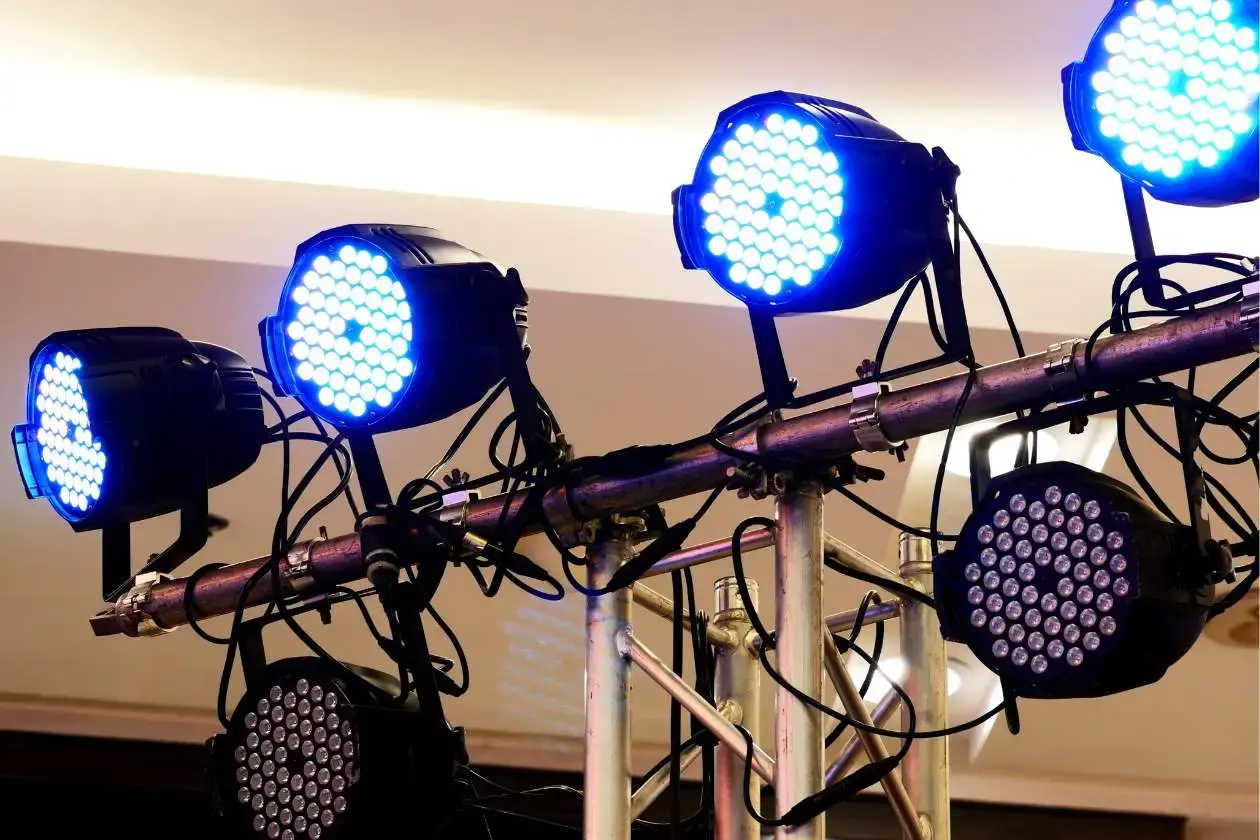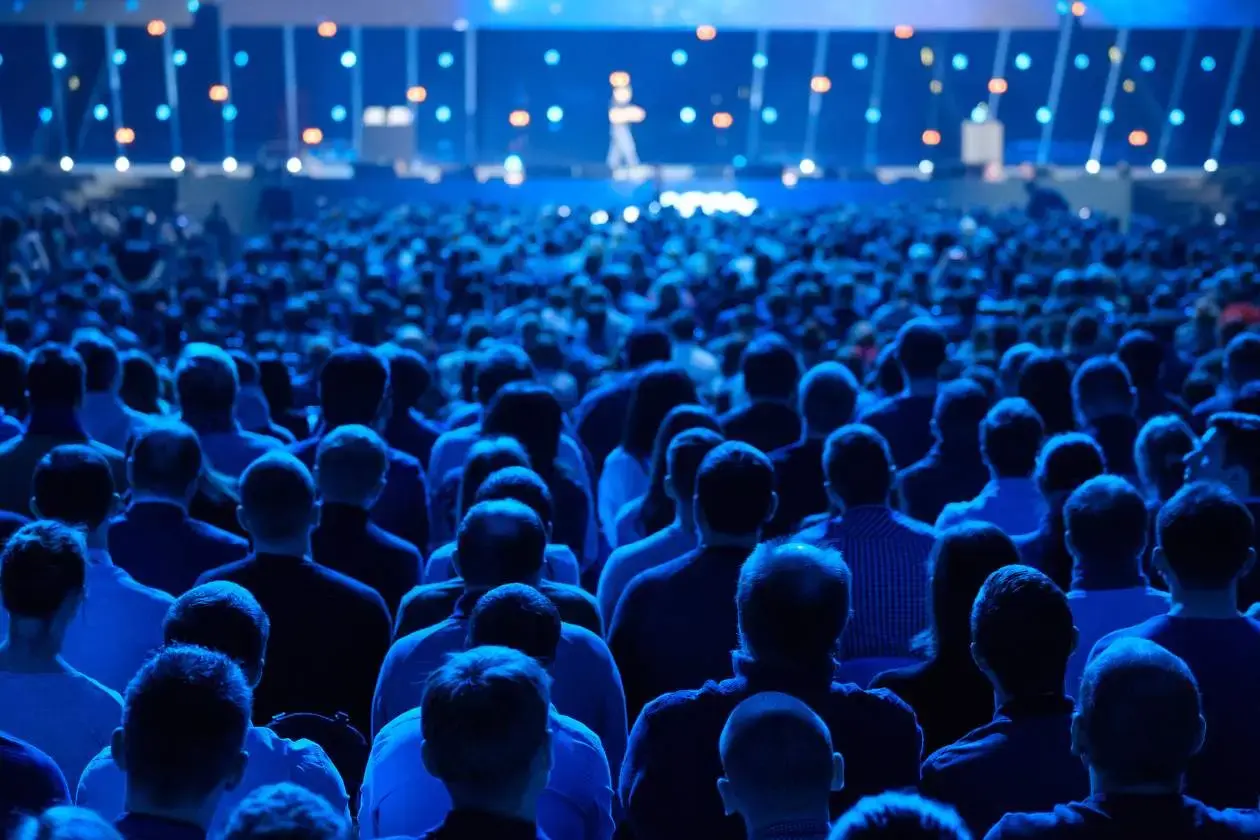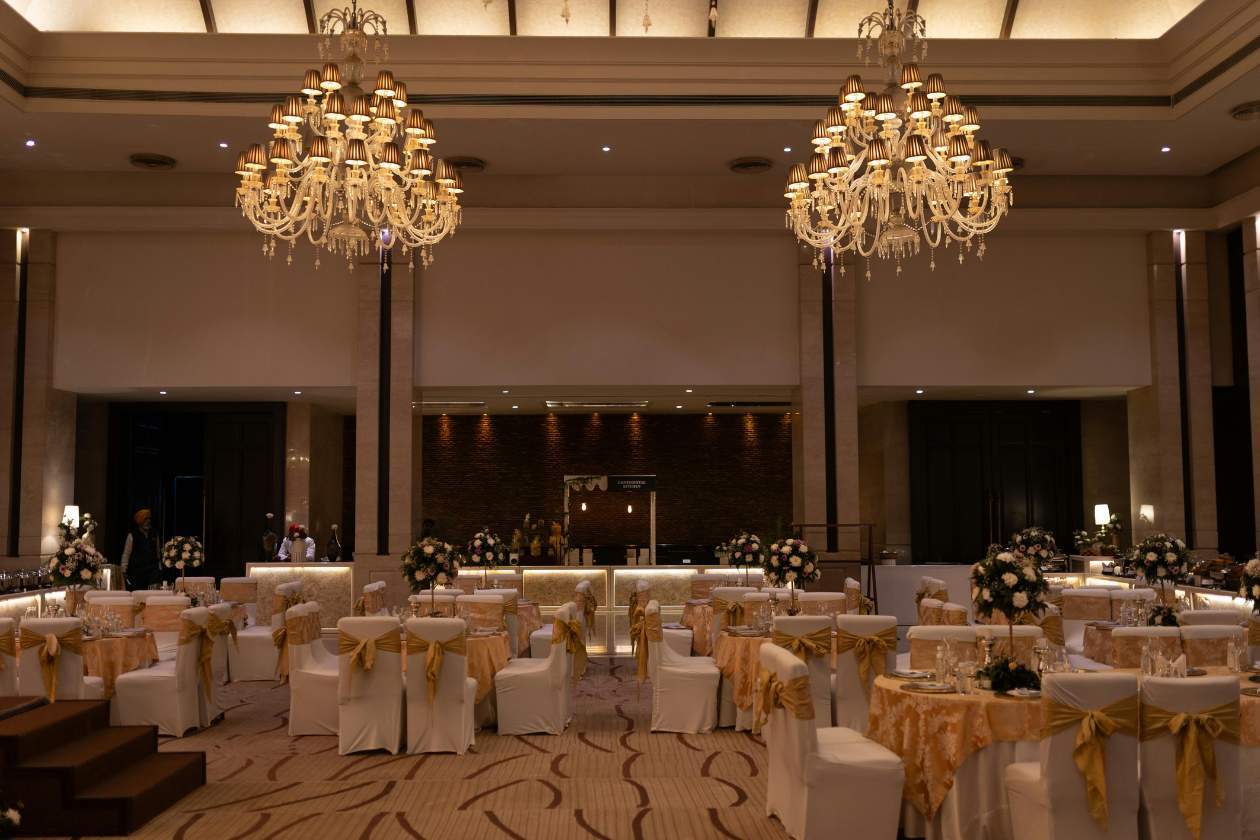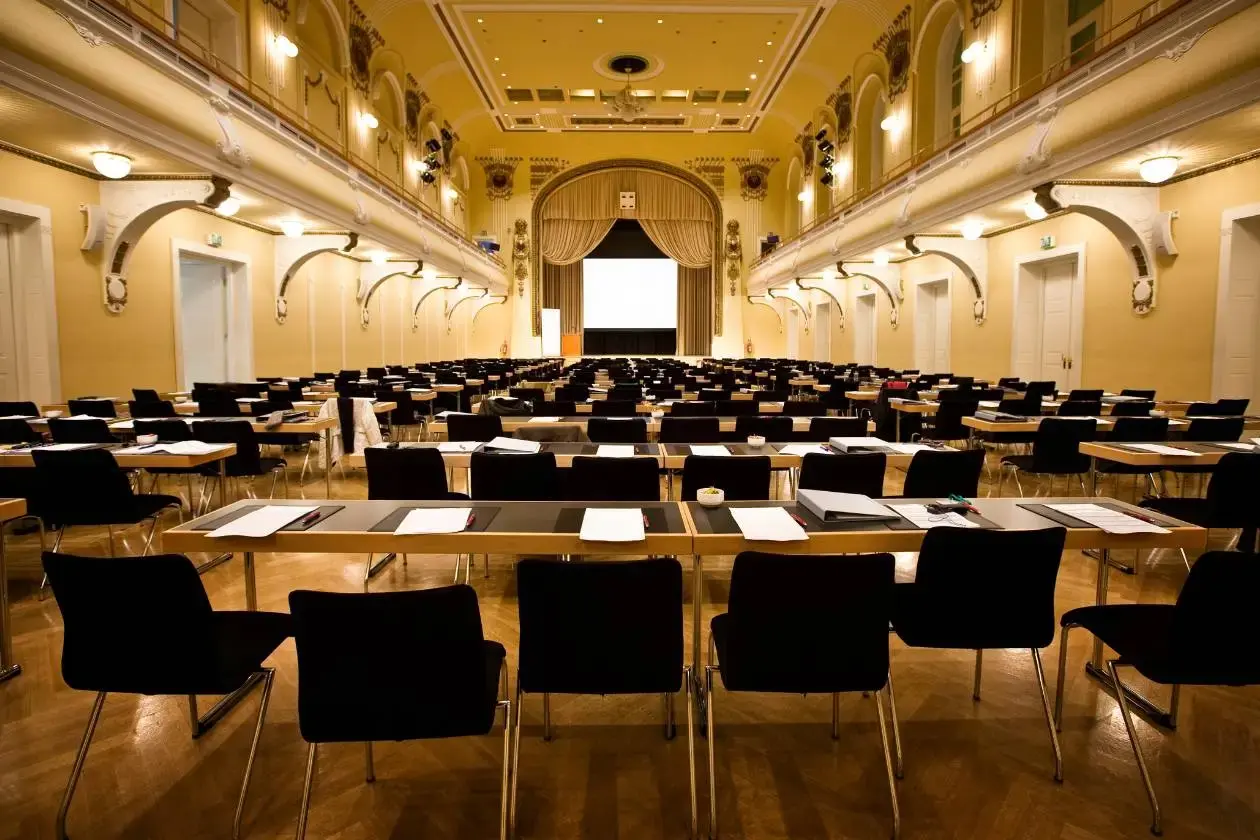An event isn’t remembered for its run sheet. It’s remembered for how it made people feel.
That feeling usually comes down to the lighting.
The right colours, angles and movement create atmosphere, focus and energy in ways that décor alone never could.
So, if you’re aiming for an immersive experience, whether it’s a gala, conference or product launch, your stage lighting setup is one of the most powerful tools you have.
This guide will walk you through the essentials and highlight where an AV partner can take care of the technical detail.
Plan Your Stage Lighting Setup
Every strong lighting design starts with a plan. That means sketching a plot that shows where lights will be positioned, which areas of the stage need focus, and how transitions will be handled.
It sounds straightforward, but balancing all those variables while thinking about mood, story and safety can be complex.
This is where an AV partner saves hours. A professional team will translate your event brief into a clear lighting plot, divide the stage into zones, and design cues that keep presenters visible and the atmosphere aligned with your goals. Instead of spending time learning the basics, you’ll have a ready-made roadmap backed by years of experience.
Choose The Right Equipment
The type of fixtures you choose can make or break the look of your event. PAR cans and LED bars provide wide washes, fresnels create soft beams, ellipsoidals sharpen focus for lecterns, and moving heads bring excitement to concerts or product reveals.
Then there are the controllers, rigging systems, and power requirements to consider.
Most organisers don’t want to wade through catalogues or manage hire logistics. A professional AV company will specify the right mix of fixtures for your venue, deliver and rig them safely, set up control systems, and test everything before the audience arrives. It’s one less headache on your list, and it guarantees the gear will do what you need it to.
Positioning Lights For Impact
Angles and positions determine how your audience experiences the stage. Front light at 45° angles keeps faces clear, side light adds depth, and back light separates performers from the background. Divide the stage into zones so presenters can move freely without stepping into shadow.
While these principles are simple, achieving even coverage across a real stage requires technical knowledge and the right equipment.
An AV team will use professional tools and years of practical experience to balance light levels, avoid glare, and ensure every sightline works for both the live audience and cameras.
Use Colour And Movement To Create Mood
Colour is one of the most powerful tools in lighting. Warm tones create intimacy, cool tones calm or unsettle, and bold mixes energise a crowd. Gobos add patterns, while subtle movement adds a sense of flow without distracting from the performance.
Programming colours and movements to sync with music or presentations requires both creative flair and technical skill.
AV professionals handle this by programming cues in advance and fine-tuning them during rehearsals. The result is a consistent, immersive experience for every audience member.
Control And Programming Made Simple
Lighting control systems rely on DMX protocols, patching, channel assignments and software that can be daunting if you’re not using them every day. One wrong setting can throw the whole design off.
That’s why organisers often rely on AV partners to manage this side completely. A professional operator will build the show file, set up cues, and make sure every transition happens when it should. You can focus on the run sheet and the audience, knowing the technical side is taken care of.
Safety And Practical Considerations
Rigging and electrical distribution are two areas where mistakes simply aren’t an option. Fixtures must be secured with safety bonds, trusses must stay within load limits, and power must be balanced across circuits.
Cable runs also need to be safe and discreet, so they don’t interfere with guests or performers.
Professional AV teams work to strict safety standards, using certified riggers and technicians to inspect, secure and test every element. It’s one of the most valuable services you get from engaging a partner — peace of mind that your event won’t be compromised by a preventable issue.
Adapting Your Design To Different Venues
Theatre shows often need subtle changes in key and fill light. Corporate sessions require clean, neutral front lighting for faces and cameras. Concerts thrive on layers of colour and movement, while outdoor events bring extra challenges like weather and power distribution.
AV companies have worked across every type of venue and know how to adapt a stage lighting setup to the space. They’ll bring the right equipment for ceiling height, floor space and audience size, making sure your event looks professional no matter where it’s held.
An effective stage lighting setup starts with a clear plot, smart fixture choices and good positions, then comes alive with colour, movement and clean control.
Keep the technical detail as deep as your show needs, and call on specialists where it saves time, reduces risk and improves the immersive experience.
If you’d like a practical plan, equipment, and show‑ready operators, we’re here to help. Let’s discuss what we can do for your event or permanent installation




